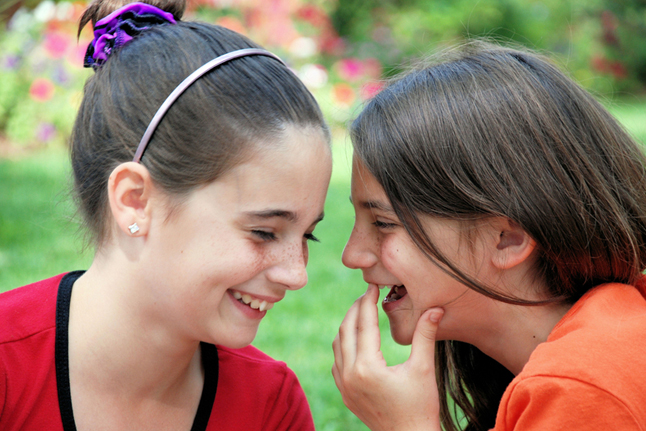Day Time Wetting
Approximately, 3 to 5 per cent of children aged between 5 and 17 have a daytime wetting problem.
One third of these children will also experience bedwetting.
Day wetting is more common in girls than boys, however, boys have more bedwetting issues than girls. Some children do not necessarily grow out of the wetting and should be treated.
A 4 year old can initiate going to the toilet and hold on thus being dry day and night. It is normal for children to void (wee) 4-7 times per day or every 2-3 hours.
Daytime wetting can present in a number of ways:
- Urinary incontinence is the accidental or involuntary loss of urine from the bladder. Often this occurs with giggling, coughing, sneezing or playing sport. Sometimes this is known as stress incontinence.
- Urinary urgency is when there is a sudden and compelling desire to pass urine, which is difficult to defer or put off. Sometimes it can be associated with certain locations or circumstances such as putting the key in the door, seeing a toilet of being near running water.
- Urinary frequency which is the complaint by a person who thinks that they void or go to the toilet too often. The child often needs to leave the classroom to go to the toilet.
- Incomplete emptying or dysfunctional voiding
- Painful bladder is felt just above the pubic bone and usually increases as the bladder fills and may continue after emptying the bladder
Causes of daytime wetting may include:
- Forgetting to go as too involved in play
- Holding on too long
- Overactive bladder
- Incomplete emptying of the bladder
- Urinary tract infection
- Poor sensory awareness of the need to wee
- Phobias of using public or school toilets
- Poor bladder habits
- Constipation
Day wetting is NOT caused by:
- Laziness
- Naughtiness, or
- Attention seeking.
Management of daytime wetting conditions may include:
- Thorough assessment of the condition, medical history and current health, including diet and fluid intake, exercise levels and mobility, current medication use, and any other factors that could affect bladder and bowel function
- Physical assessment of the pelvic floor function, strength and endurance. Please note: internal assessments are not conducted on children. Real time ultrasound is often used instead.
- Treatment may include pelvic floor muscle exercises, otherwise known as Kegel exercises, changes to lifestyle, bladder and bowel habits, avoidance of straining, sensory training and education on toileting.
Outcomes from treatment may include:
- Correct pelvic floor muscles exercises and toileting habits.
- Improved management of the symptoms
- Improved incontinence, urgency, or emptying
- Improved self confidence




